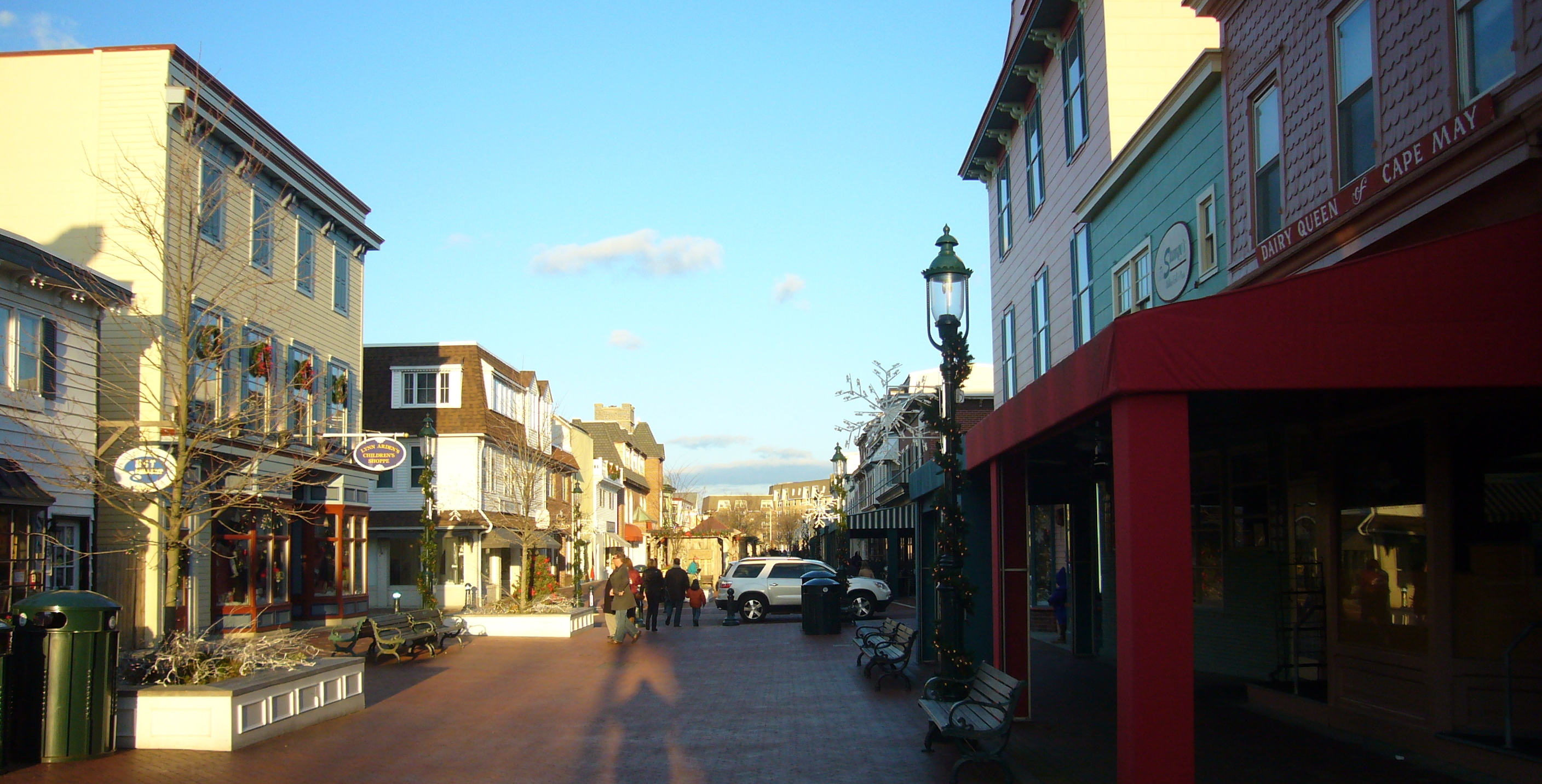We’ve been having a debate recently about whether our initiative should be called “A Possible New Jersey,” “A Possible Jersey,” or just “Possible Jersey.” Each of these appears to have different connotations for different groups of New Jerseyans (and perhaps for others as well).
For those familiar with Sustainable Jersey, Possible Jersey sounds like it’s a knock-off, and maybe even a rip-off, trading on the name. As it happens, however, we’re strong supporters of Sustainable Jersey, and have been involved in helping to shape the program along with hundreds of others pretty much from its inception at the Sustainable State Institute at Rutgers back in the early 2000s, and have been longstanding members of Sustainable Jersey’s Energy Task Force.
So, yes, we are trading on the name, and see ourselves as partners. What distinguishes us, we think, is that our goal is make a difference at the neighborhood level, to implement the policies recommended by Green Teams and adopted by municipalities in the Sustainable Jersey program.
But this is only one part of it. Reimagining and co-creating the future has to occur at every level, in response to the ways in which our economy and our society are serving us poorly. A Possible Jersey, then, is a reimagining of what Jersey might look like and be like for those of us living here (and sometimes having to be butt of jokes and of mock condolences).
A Possible New Jersey, on the other hand, is mainly focused on policies and on the sorts of issues that might be interest to others outside the state. In many ways, New Jersey is the “Possible [Garden] State.” Much more than the Turnpike or Route 1 or “a barrel tapped at both ends,” as Benjamin Franklin called us, NJ has a history of both successful and unsuccessful innovation, of dark politics, of private enclaves, of pristine highlands and dank pinelands, of America’s first industry and hydro power (Alexander Hamilton, the Great Falls), and of spectacular triumphs (the first British ship sunk during the American Revolution) and flame-outs (the Hindenberg). New Jersey is where much of the American Revolution was fought, though most of its landmarks are now paved over and its historic events largely forgotten. Virtually every American form of life can be found here, from gaudy casinos to Camden ghettos to Hunterdon County horse farms to toxic waste sites from long-abandoned industries.
So it’s in some ways the perfect place for a 21st-century renaissance: not only the most densely-populated state, but also the one with the most Ph.D.s per square mile, the erstwhile “medicine chest” of the nation, the newest state constitution (1947), some of the wealthiest people in the country and some of the poorest, the Garden of Eden and the Garden of Gethsemane, and a litany of historic firsts — the first organized baseball and basketball games, the first boardwalk, the first movie and the first brewery, the first state to sign the Bill of Rights, the first light bulb, the first phonograph, and the first submarine — not to mention the first ice cream soda.
It is also home to more horses per square mile, the diner capital of the world, and “the most dense system of highways, major roads, and railways in the nation.” (Read More: 10 Reasons to Be Thankful You’re from New Jersey.) All in all, a great place for social experiments, for reinvention, for ecological restoration.
So whichever phrasing you prefer, hang on to your hats: one way or another, it’s going to be a wild ride.
